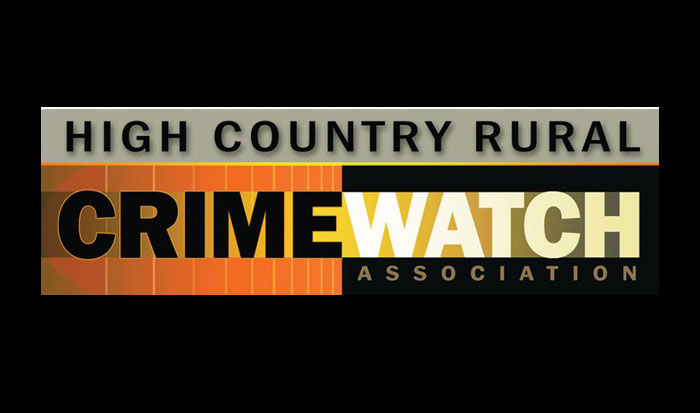Rural DEW Line
Some folks may remember the DEW (Distant Early Warning) line. It was built during the cold war and consisted of a number of radar outposts constructed in the Canadian and US northern arctic to detect incoming bombers arriving over the north pole. The early alerts were intended to give both countries time to prepare and mount a defense. You can use this concept for your own protection.
If you have a concern with regard to people who may want to do you harm coming down your driveway or approaching your residence, you can set up your own “DEW line”. There are a number of setups you can employ that will accomplish the same thing as the DEW line. Some are quite inexpensive. Think of these as a long-range doorbell.
One option is a relatively simple device which costs around $100. It consists of a detection device which you mount along your driveway on a fence post, tree or whatever which will detect someone or a vehicle coming down your driveway to your residence. It will also work in an open field or in a wooded area. When the detection device senses, usually via heat and motion, a body or vehicle coming near it, it will send a signal to a receiver in your home that will activate a chime, flashing LED, or both to give you a heads up. Be aware though that wildlife such as deer can also set these off.
What distinguishes it from a home security system? There are a few things. One is the initial cost (much less). There are also no ongoing monitoring fees. I am aware of a few people living in rural settings who have these or something similar.
A second difference is that, using its wireless capabilities, you can set the detection device some distance from your home. It is a distant early warning device after all. A common set up distance from your home is 500 feet. But some are capable of distances of up to a half mile or more. Some can even transmit over hills, though dense woods, buildings, etc. However, you’re going to pay more for that privilege.
You can also set up multiple detection zones with multiple sensors in each zone. Some devices will give you the option of different chime or ring tones for each zone. This is valuable if you have more than one avenue of access to your residence.
The devices run on anywhere from 4 AA batteries to a 9-volt battery and are effective in extreme cold (down to -40 at least). You can set some of them up to give notifications to your smartphone, which is handy if you are not at home. There are some systems you can hardwire, but these are more suitable for businesses to let you know when a customer is approaching.
There are systems that will even give you video of the approaching body (human or animal) or vehicle. One such less obvious system is a Trail Cam with a live feed. You’ll need internet access, however. I personally utilize a number of trail cams which will take still pics or videos. They will take these day or night and the picture quality is quite high. I do not have real time capability however but have to go and retrieve the SD cards to see what is on them.
I have a number of Trail Cams and have utilized some to let me know the history of who has come down my lane. If you are not familiar with Trail Cams, they are relatively inexpensive cameras that you can set up anywhere. You can set the date, time, sensitivity to movement, picture quality, video length, or number of still pics at a time, as well as some other settings, so you can get a good sense (record) of who’s approached your place.
There are some non-Trail Cam video systems that can also give you real-time video, but you are going to have to fork out some cash for these remote detection systems. If your belongings or peace of mind are worth the cost to invest in these, then by all means go for it.
As an interesting aside, Parks Canada and Nature Conservancy have live (or periodically updated) webcams at various locations that you can access via the internet. Banff National Park alone has almost 50.
Dave Schroeder
HCRCWA Board Member


























